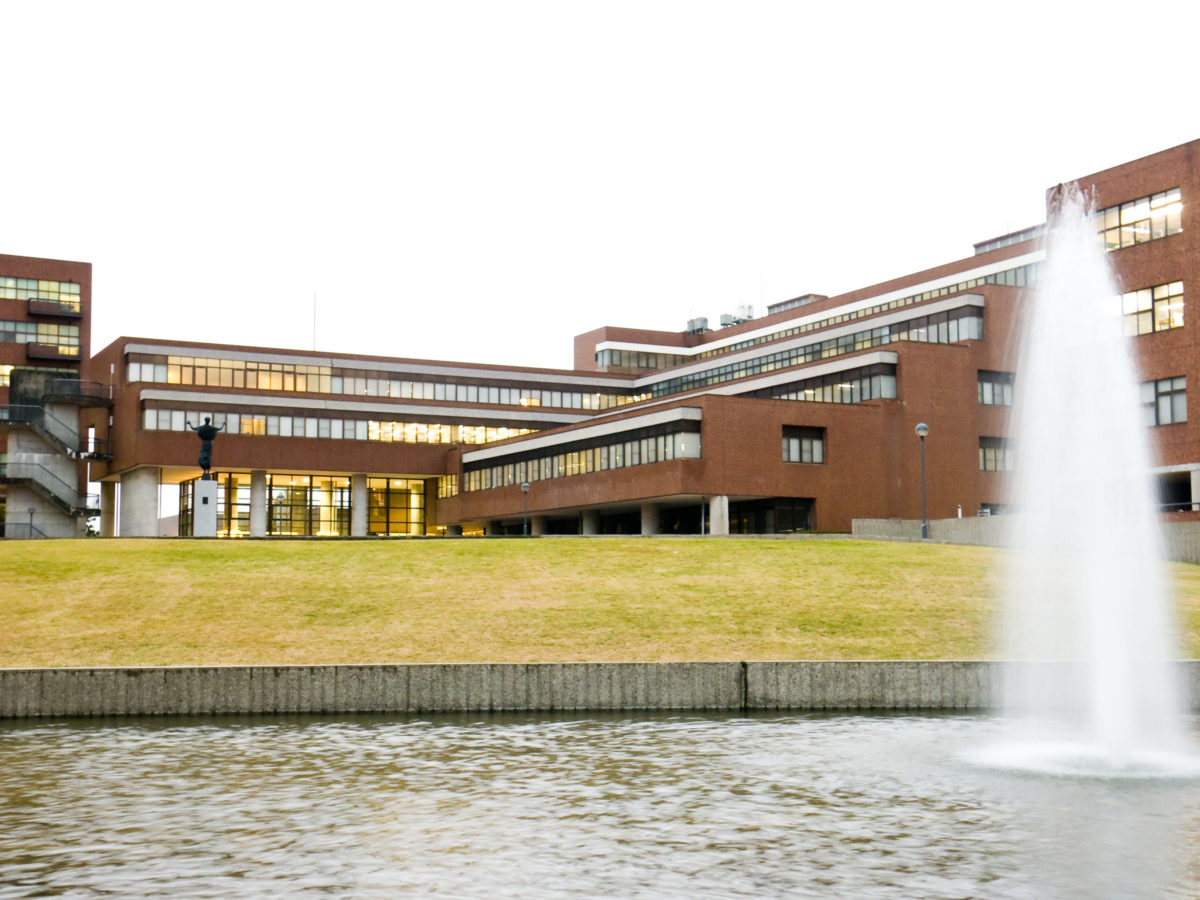While the efficiency achievements keep rolling in, proving that perovskite solar cells can maintain their impressive performances long enough to be worthwhile has been a more difficult matter for scientists working with the technology, and one that still raises questions surrounding its commercial potential.
Many of these degradation mechanisms are thought to relate to the material’s sensitivity to moisture, oxygen and other conditions the cells would be sure to be faced with in the field. However, other ‘intrinsic’ types of degradation can emerge from defects in the material. And understanding these will be key to developing production processes that avoid them.
A group of scientists led by Japan’s Tsukuba University sought to observe these processes in action, placing cells under a solar simulator and delving into molecular processes that occur during operation using a technique known as electron spin resonance spectroscopy.
Operation & degradation
Using this technique, the group was able to draw several conclusions regarding both the operation of perovskite solar cells and the intrinsic degradation mechanisms that affect them. Their results are outlined in full in the paper Deterioration mechanism of perovskite solar cells by operando observation of spin states, published in Communications materials.
“We carried out ESR spectroscopy on perovskite solar cells while they were in use, which gave us a real-time picture of the molecular-level changes,” explains University of Tsukuba professor Kazuhiro Marumoto. “Specifically, we observed the charges and defects, and related spin states, in the solar cell layers while the current-voltage characteristics of the solar cells were being measured. This allowed us to understand the relationships between these factors.”
The research revealed that doping levels in the cell’s hole transport layer, in this case a material known as spiro-OmeTad, have a significant effect on both short circuit current and open-circuit voltage, and that a mechanism of reverse electron transfer can serve to reduce this doping level, and the device’s overall performance. “…prevention of the reverse electron transfer in perovskite layers is essential not only to decrease the leakage current but also to maintain the spiro-OMeTAD doping effects,” the paper concludes.
“Establishing that changes in spin states are correlated with device performance has significantly broadened our understanding of perovskite solar cells,” added Marumoto. “We hope that our findings will provide a valuable new starting point for the continued development of solar cells and help accelerate the reality of cost-effective green energy.”
This content is protected by copyright and may not be reused. If you want to cooperate with us and would like to reuse some of our content, please contact: editors@pv-magazine.com.




By submitting this form you agree to pv magazine using your data for the purposes of publishing your comment.
Your personal data will only be disclosed or otherwise transmitted to third parties for the purposes of spam filtering or if this is necessary for technical maintenance of the website. Any other transfer to third parties will not take place unless this is justified on the basis of applicable data protection regulations or if pv magazine is legally obliged to do so.
You may revoke this consent at any time with effect for the future, in which case your personal data will be deleted immediately. Otherwise, your data will be deleted if pv magazine has processed your request or the purpose of data storage is fulfilled.
Further information on data privacy can be found in our Data Protection Policy.